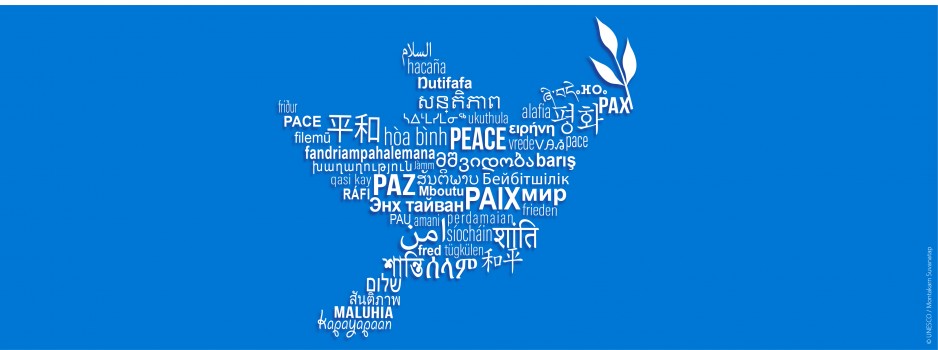
“Languages shape the way we think and determines what we can think about”
Since February 2000, the World Mother Language Day has been celebrated every year on 21st February to encourage linguistic and cultural richness and multilingualism. Languages are the most powerful tools for protecting and improving our tangible and intangible heritage. The mother tongue plays a very important role in the general development of Individual. After developing their skills in two or even three languages, they acquire a deeper understanding of how to use different languages efficiently.
These efforts to promote the propagation of mother tongues would help not only to facilitate linguistic diversity and multilingual education, but also to increase awareness of linguistic and cultural values throughout the world and to build unity centered on empathy, harmony and discussion.
Theme of International Mother Language Day 2022
This year the theme of International Mother Language Day 2023 is Multilingual Education – a necessity to transform education’
For demographic groups who speak non-dominant languages, languages of minority groups, and indigenous languages, multilingual education based on mother tongue enhances access to and inclusion in learning. UNESCO is hosting an event on February 21 to explore and debate how multilingualism might change education from a lifelong learning viewpoint and in various circumstances. The following three interconnected themes will serve as the foundation for the discussions:
Facts and statistics about Languages
- There are between 5,000 and 7,000 languages in the world. The precise number of languages is difficult to know, because the difference between Language and Dialect is not clear.
- Every two weeks a language disappears taking with it whole cultural and intellectual legacy.
- At least 43 percent of the approximate 6,000 languages spoken in the world are at risk. Just a few hundred languages have actually been given a role in education systems and the public domain, and less than a hundred are used in the digital world.
- Globally, 40 percent of the population in a language they speak or understand does not have access to education.
- Distribution of languages by area of origin (Courtesy: ethnologue.com)
| Continent | Languages Spoken |
| Africa | 2092 |
| North and South America | 1002 |
| Asia | 2269 |
| Europe | 239 |
| Pacific | 1310 |
- Across South East Asia, India, Africa, and South America the majority of the world’s language is spoken.
- The data show that, as a first language, 40 percent of the world’s population has one of the eight most common languages, Mandarin, Hindi, Spanish, English, Bengali, Portuguese, Arabic and Russian.
- Most severely endangered languages according to continent (from Ethnologue).
| Africa | 46 |
| North and South America | 170 |
| Asia | 78 |
| Europe | 12 |
| Pacific | 210 |
- Papua New Guinea, Indonesia, Nigeria, India and Mexico are the countries where more languages have official recognition.
- English is the most important language of wider communication in the world but it has also been considered a threat for linguistic diversity.
Swikriti Dandotia











